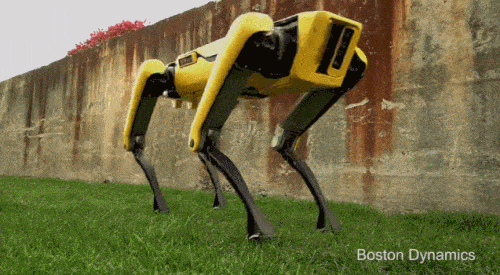Back to: Robotics & Artificial Intelligence (Class IX)
Motion
Motion is the change in the position of an object over time. When something moves from one place to another, it is said to be in motion. For example, a car driving down the street, a ball rolling on the ground, or a person walking are all examples of motion.

1D Motion
One dimensional motion is motion that occurs in a straight line, either in one direction or the opposite. It means the object can only move forward or backward along a single path.
For example, a car moving on a straight road, a person walking along a hallway, or a train traveling on a straight track all exhibit one-dimensional motion. In 1D motion, we only need one coordinate (like distance or displacement along a line) to describe the object’s position.
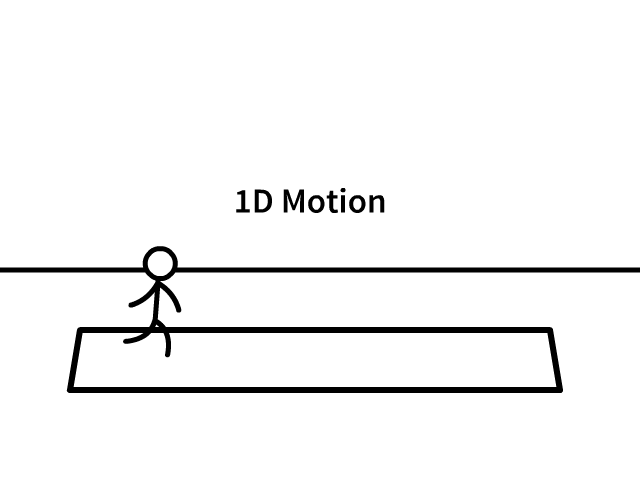
Types of 1D Motion
- Uniform Motion: The object moves at a constant speed in a straight line. For example, a car moving at a constant speed on a straight road.
- Non-Uniform Motion: The object’s speed changes over time while moving in a straight line.
2D Motion
Two-dimensional motion, is motion that happens in a plane, meaning it can move in two directions — like left and right, and up and down.
Imagine a car driving around on a flat surface; it can move forward or backward, and it can also turn left or right. Another example is throwing a ball; it moves forward and also up and down due to gravity. In 2D motion, we need two coordinates (like x and y on a graph) to describe the object’s position.
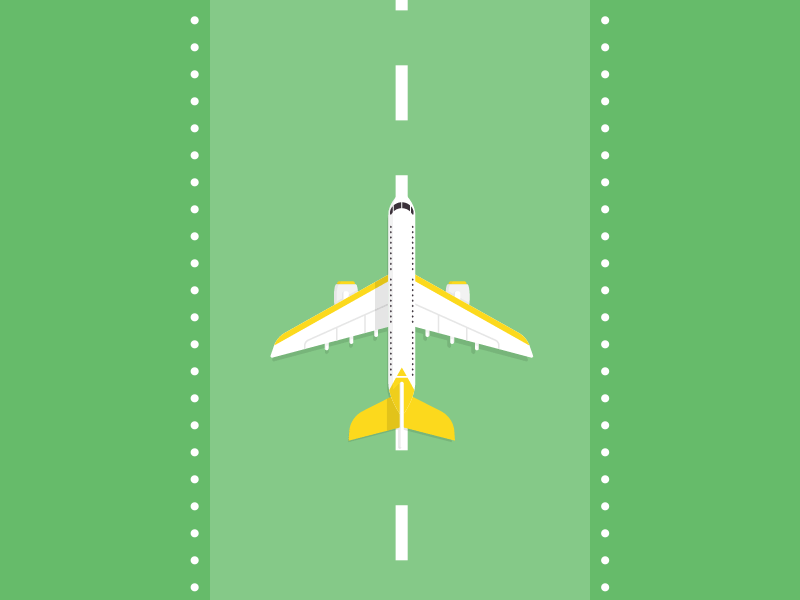
Types of 2D Motion
- Projectile Motion: An object moves in a curved path under the influence of gravity, like a ball being thrown or a cannonball being shot. The object moves both horizontally and vortically.
- Circular Motion: The object moves along a circular path, like a car turning around a circular track or the hands of a clock moving around the clock face.
- Random Motion: The object moves in different directions at different times, like a butterfly flying in a garden or a leaf blowing in the wind.
Joints
In robotics, joints are the parts that connect different segments or parts of a robot, allowing it to move. They work like human joints (such as elbows, knees, or wrists) that help us bend, rotate, or swing our arms and legs.
Robotic joints enable the robot to perform various movements, such as rotating, bending, or sliding. For example, a robotic arm may have multiple joints to pick up objects, rotate them, or place them somewhere else.
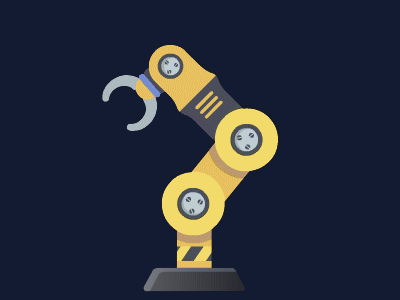
Types of Joints
Rotational (Revolute) Joint:
- Allows the robot parts to rotate around a single axis, like a door hinge.
- Example: The elbow joint of a robot arm that allows it to bend.

Linear (Prismatic) Joint:
- Allows the robot parts to slide back and forth in a straight line.
- Example: A robot’s arm moving up and down or extending forward.
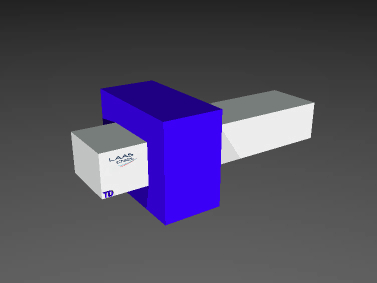
Spherical Joint:
- Allows movement in multiple directions, similar to a human shoulder, which can rotate and swing.
- Example: A joint that allows a robotic arm to move in all directions.
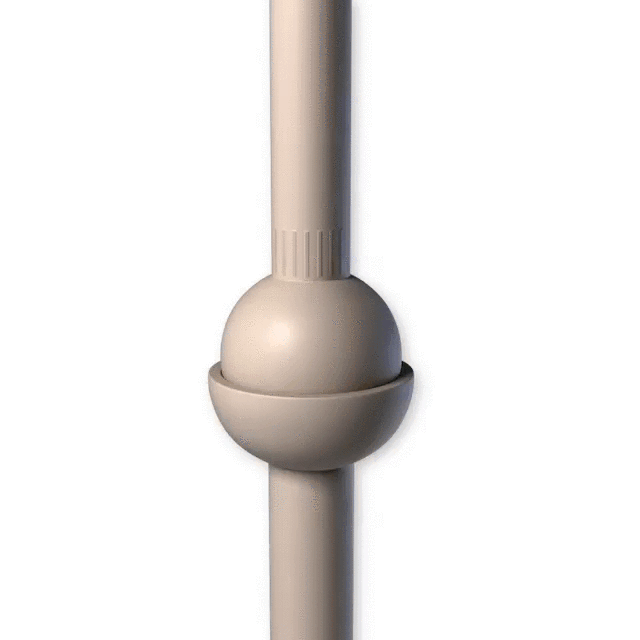
Cylindrical Joint:
- Combines rotation and sliding motions along the same axis.
- Example: A robotic arm that can extend forward and also rotate around its base.
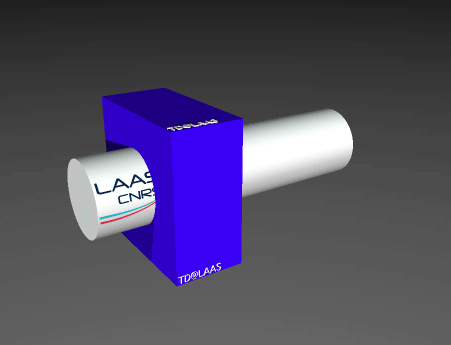
Planar Joint:
- Allows movement in a plane, meaning it can slide in two directions and also rotate.
- Example: A flat robot platform that moves freely on a surface.
Links
In simple terms, links in robotics are the solid parts of a robot that connect the moving parts, called joints. Think of them like the “bones” of a robot.
Each link is a straight or curved piece that joins with other links through joints, allowing the robot to move and perform tasks. For example, in a robotic arm, the links are the sections or “arms” between the joints that make the arm longer or shorter.
Key Points About Links:
- Rigid Components: Links are the non-moving parts that hold the robot together. They can be of different lengths, shapes, and materials depending on the robot’s design and purpose.
- Connecting Joints: Links are connected by joints to form a robotic structure. For example, in a robotic arm, each segment (or link) is connected to another segment by a joint.
- Support and Movement: Links work with joints to create the overall movement of the robot. When joints move, the links move along with them, allowing the robot to perform various tasks like picking up objects or moving around.
Types of Links in Robotics:
- Rigid Links:
- These are the most common type of links in robotics. They are solid, inflexible parts that do not change shape. Ex: Metal arms or bars in a robotic arm that connect different joints.
- Flexible Links:
- These links can bend or flex while maintaining a connection between joints. They are used when a robot needs to adapt to different shapes or positions. Ex: A flexible robotic gripper that adjusts to hold objects of different sizes and shapes.
- End-Effector Links:
- The last link in a chain of links that holds the tool or attachment used by the robot to perform a task. Ex: The “hand” or “gripper” at the end of a robotic arm that picks up objects.
- Base Links:
- The fixed link or foundation of a robot, which is usually attached to the ground or a stationary surface. Ex: The bottom part of an industrial robotic arm that is bolted to the floor.
- Intermediate Links:
- Links that are located between the base and the end-effector, connecting multiple joints. Ex: The sections in the middle of a robot arm that connect the base to the end-effector.
Using links and joints together, robots can achieve a wide range of specific motions. Here’s a simple breakdown of how links and joints work together to create different types of movement:
1. Pick and Place:
- Links: The arm segments or “links” provide the structure and reach for the robot.
- Joints: Rotational joints at the shoulder, elbow, and wrist allow the arm to move in various directions.
- Motion: The robot arm can extend, bend, and rotate to pick up objects and place them in different locations.
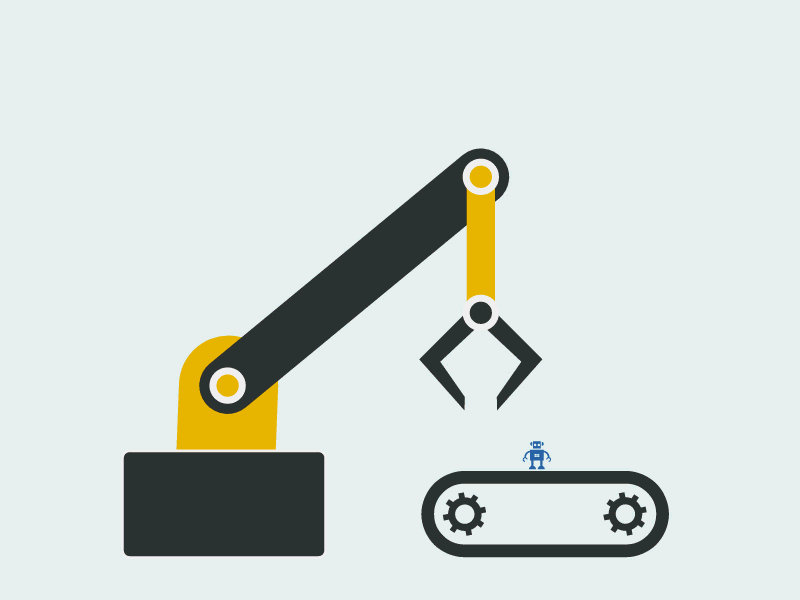
2. Drawing or Painting:
- Links: The segments of the robot arm or drawing tool.
- Joints: Joints allow the arm to move up, down, and side to side.
- Motion: The robot can position the drawing tool precisely on a surface to create specific patterns or images.
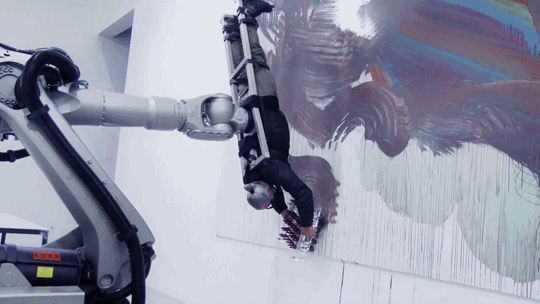
3. Assembly Tasks:
- Links: The arm and hand segments of the robot.
- Joints: Include rotational joints for positioning and prismatic joints for extending or retracting.
- Motion: The robot can move parts into place, align components, and secure them together with high precision.

4. Welding or Cutting:
- Links: The arm and the tool (welding torch or cutting blade).
- Joints: Allow the arm to move around the workpiece and adjust the angle of the tool.
- Motion: The robot can position the tool accurately and move along predefined paths to perform welding or cutting tasks.
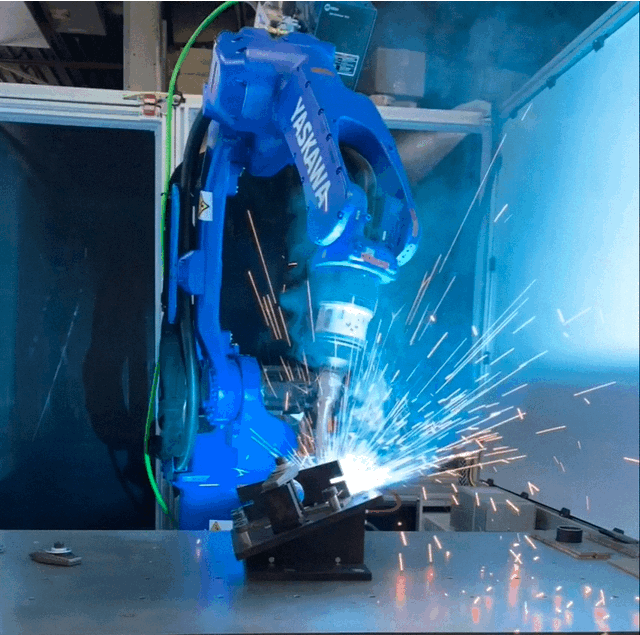
5. Walking or Crawling:
- Links: The legs or segments of a walking robot.
- Joints: Rotational joints in the legs enable movement in different directions.
- Motion: The robot can coordinate leg movements to walk or crawl across surfaces.
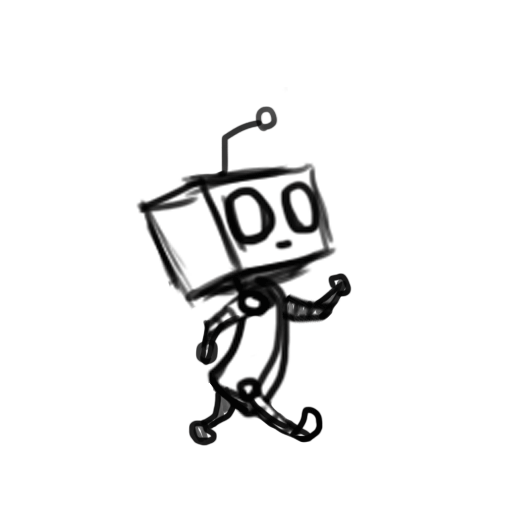
How It Works Together:
- Designing Links: The length and rigidity of the links are designed based on the required reach and strength.
- Choosing Joints: The type of joints (rotational, prismatic, etc.) is selected based on the required type of movement.
- Programming Motion: The robot is programmed to control the joints in a coordinated way to achieve the desired motion, whether it’s moving an arm, positioning a tool, or walking.
Degrees of Freedom (DOF)
The number of independent directions in which a robot or mechanism can move. Each DOF allows movement in a different direction or type of motion, such as translation (sliding) or rotation.
- 1 DOF: Movement in one direction, like a door swinging open and closed.
- 2 DOF: Movement in two directions, such as a robotic arm that can extend and rotate.
- 3 DOF: Movement in three directions, such as an arm that can move up and down, left and right, and rotate around its base.
More DOF provides greater flexibility and capability for the robot to perform complex tasks and interact with its environment in diverse ways.
Real World Examples of DOF
Robotic Arm:
- 3 DOF: A simple robotic arm with three joints can move up and down, left and right, and rotate around its base.
- 6 DOF: A more advanced robotic arm can move in three dimensions (up and down, left and right, forward and backward) and also rotate around each of these axes. This allows the arm to reach various positions and orientations, similar to a human arm.
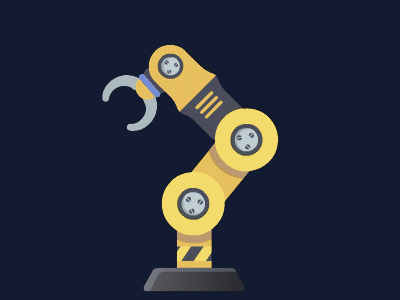
2. Mobile Robot:
- 2 DOF: A robot with two wheels (differential drive) can move forward/backward and turn left/right by varying the speed of each wheel.
- 3 DOF: A robot with omnidirectional wheels can move in any direction on a plane and also rotate.
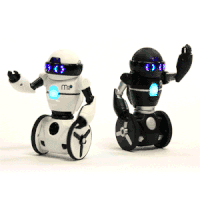
3. Camera Gimbal:
- 2 DOF: A gimbal that allows a camera to tilt up and down (pitch) and rotate left and right (yaw).
- 3 DOF: A more advanced gimbal allows pitch, yaw, and roll movements, providing full control over the camera’s orientation.
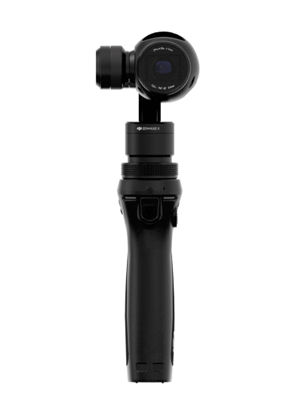
4. Legged Robot (e.g., Quadruped):
- 12 DOF: Each leg of a quadruped robot typically has three joints (hip, knee, and ankle) with three degrees of freedom each (pitch, roll, and yaw), giving a total of 12 DOF for the entire robot.
